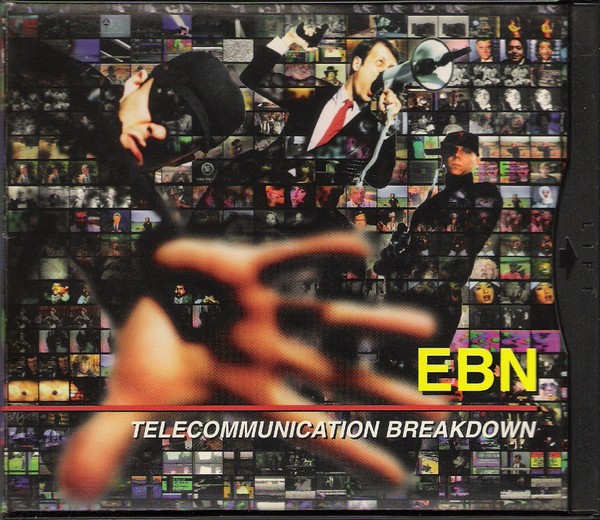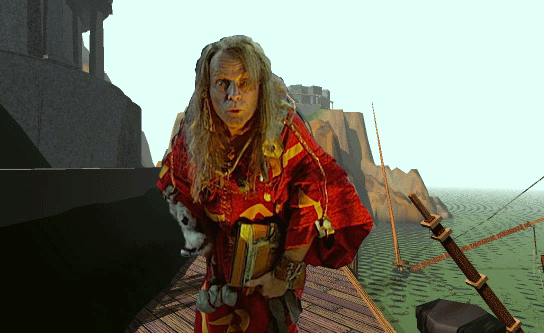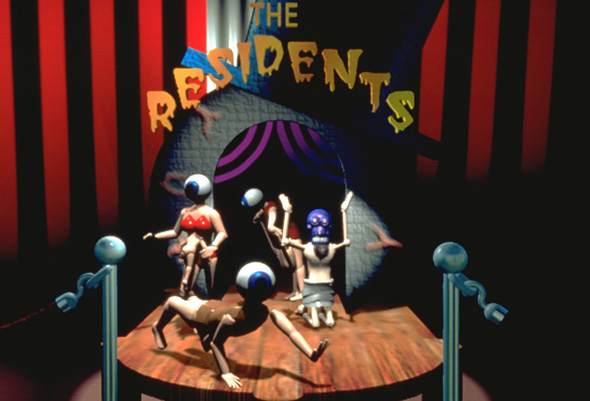42
It should not be surprising that some of the clearest examples of digital hypermediacy (such as the Residents' Freak Show, Peter Gabriel's Xplova I, and the Emergency Broadcast Network's Telecommunicarions Breakdown) come directly or indirectly from the world of rock music production and presentation. Initially, when "liveness" was the signifying mark of the rock sound, early recordings adhered to the logic of transparency and aimed to sound "live." As live performance became hypermediated, so did the recordings-as electric and then digital sampling, rave, ambient music, and other techniques became increasingly popular (cf. Auslander, forthcoming). The evolution of recording techniques also changed the nature of live performance.
It should not be surprising that some of the clearest examples of digital hypermediacy (such as the Residents' Freak Show, Peter Gabriel's Xplova I, and the Emergency Broadcast Network's Telecommunicarions Breakdown) come directly or indirectly from the world of rock music production and presentation. Initially, when "liveness" was the signifying mark of the rock sound, early recordings adhered to the logic of transparency and aimed to sound "live." As live performance became hypermediated, so did the recordings-as electric and then digital sampling, rave, ambient music, and other techniques became increasingly popular (cf. Auslander, forthcoming). The evolution of recording techniques also changed the nature of live performance.
It should not be surprising that some of the clearest examples of digital hypermediacy (such as the Residents' Freak Show, Peter Gabriel's Xplova I, and the Emergency Broadcast Network's Telecommunicarions Breakdown) come directly or indirectly from the world of rock music production and presentation. Initially, when "liveness" was the signifying mark of the rock sound, early recordings adhered to the logic of transparency and aimed to sound "live." As live performance became hypermediated, so did the recordings-as electric and then digital sampling, rave, ambient music, and other techniques became increasingly popular (cf. Auslander, forthcoming). The evolution of recording techniques also changed the nature of live performance.
It should not be surprising that some of the clearest examples of digital hypermediacy (such as the Residents' Freak Show, Peter Gabriel's Xplova I, and the Emergency Broadcast Network's Telecommunicarions Breakdown) come directly or indirectly from the world of rock music production and presentation. Initially, when "liveness" was the signifying mark of the rock sound, early recordings adhered to the logic of transparency and aimed to sound "live." As live performance became hypermediated, so did the recordings-as electric and then digital sampling, rave, ambient music, and other techniques became increasingly popular (cf. Auslander, forthcoming). The evolution of recording techniques also changed the nature of live performance.
It should not be surprising that some of the clearest examples of digital hypermediacy (such as the Residents' Freak Show, Peter Gabriel's Xplova I, and the Emergency Broadcast Network's Telecommunicarions Breakdown) come directly or indirectly from the world of rock music production and presentation. Initially, when "liveness" was the signifying mark of the rock sound, early recordings adhered to the logic of transparency and aimed to sound "live." As live performance became hypermediated, so did the recordings-as electric and then digital sampling, rave, ambient music, and other techniques became increasingly popular (cf. Auslander, forthcoming). The evolution of recording techniques also changed the nature of live performance.
It should not be surprising that some of the clearest examples of digital hypermediacy (such as the Residents' Freak Show, Peter Gabriel's Xplova I, and the Emergency Broadcast Network's Telecommunicarions Breakdown) come directly or indirectly from the world of rock music production and presentation. Initially, when "liveness" was the signifying mark of the rock sound, early recordings adhered to the logic of transparency and aimed to sound "live." As live performance became hypermediated, so did the recordings-as electric and then digital sampling, rave, ambient music, and other techniques became increasingly popular (cf. Auslander, forthcoming). The evolution of recording techniques also changed the nature of live performance.
 Source type: picture
Source type: pictureInfo: Emergency Broadcast Network - Telecommunications Breakdown
Original size: 600x520 px. Edit
 Log-in
Log-in Source type: picture
Source type: picture Source type: picture
Source type: picture



 Source type: picture
Source type: picture